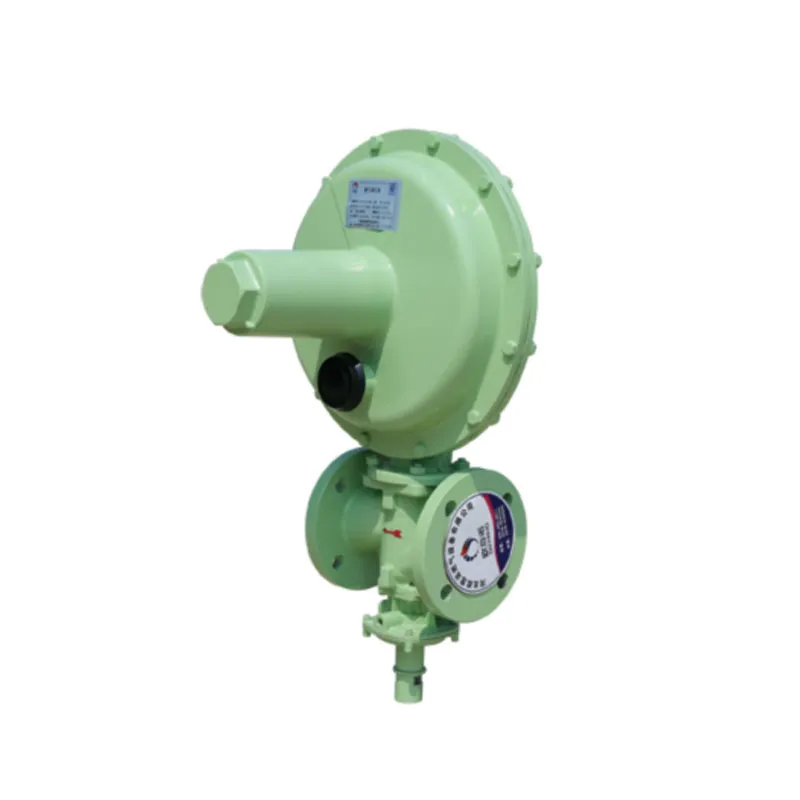
Dec . 16, 2024 15:56
Back to list
gas pressure vessel
Understanding Gas Pressure Vessels Key Aspects and Applications
Gas pressure vessels are essential components used in various industries to store and transport gases under pressure. These vessels are designed to withstand high internal pressures, ensuring safety and efficiency in operations ranging from industrial applications to everyday use in homes and businesses. In this article, we will explore the fundamental aspects of gas pressure vessels, their design considerations, safety regulations, and applications across different sectors.
What Are Gas Pressure Vessels?
Gas pressure vessels are specially engineered containers that hold gases at pressures significantly above atmospheric levels. These vessels can be constructed from various materials, including carbon steel, stainless steel, and composite materials, depending on the specific requirements of the application. The design of these vessels must account for the properties of the stored gas, the intended pressure range, and exposure to environmental conditions.
Design Considerations
The design of a gas pressure vessel involves rigorous calculations and adherence to engineering standards. Key factors that engineers consider include
1. Pressure and Temperature The maximum expected pressure and temperature of the gas greatly influence the material selection and thickness of the vessel walls.
2. Material Selection The material must not only be strong enough to withstand the internal pressure but also resistant to corrosion and other chemical interactions with the gas being stored.
3. Safety Features Incorporating safety features such as pressure relief valves, burst discs, and level indicators is vital. These components help mitigate risks associated with pressure fluctuations and potential leaks.
4. Testing and Certification Before deployment, gas pressure vessels undergo extensive testing to certify their integrity under prescribed conditions. This ensures compliance with safety standards set by governing bodies such as the American Society of Mechanical Engineers (ASME).
gas pressure vessel

Safety Regulations
Due to the hazardous nature of high-pressure gases, stringent regulations govern the design, manufacture, and operation of gas pressure vessels. Compliance with standards such as ASME, the National Fire Protection Association (NFPA), and Occupational Safety and Health Administration (OSHA) is mandatory. These regulations ensure that vessels are built to withstand extreme conditions and maintain operational safety. Regular inspections, maintenance, and necessary repairs are also crucial to preventing failures that could lead to catastrophic incidents.
Applications of Gas Pressure Vessels
Gas pressure vessels find applications across various sectors
1. Industrial Applications Industries such as petrochemicals, pharmaceuticals, and food processing utilize gas pressure vessels for storage and transportation of gases like oxygen, nitrogen, and carbon dioxide. These gases are essential for production processes, reactions, and preservation of products.
2. Energy Sector In the energy industry, gas pressure vessels are vital for storing natural gas and other fuels. They enable the efficient transition of gas from production sites to end-users, supporting energy needs in residential and commercial settings.
3. Manufacturing Gas pressure vessels are used in manufacturing processes, particularly where gases are required as raw materials. For instance, welding and cutting operations often rely on the storage of gases like acetylene and argon.
4. Aerospace and Defense In aerospace applications, gas pressure vessels are crucial for fuel tanks and cryogenic storage systems. These vessels are designed to meet the stringent safety and performance requirements of high-stakes environments.
Conclusion
Gas pressure vessels play a critical role in modern industry by allowing safe storage and transportation of gases under pressure. Their design, strictly governed by safety standards, ensures that they can handle the challenges posed by high-pressure environments. As technologies advance and industries evolve, the importance of these vessels will undoubtedly continue to grow, playing a vital role in the future of various sectors. Understanding their design, safety, and application is essential for engineers, operators, and stakeholders involved in gas handling processes.
Latest news
-
Safety Valve Spring-Loaded Design Overpressure ProtectionNewsJul.25,2025
-
Precision Voltage Regulator AC5 Accuracy Grade PerformanceNewsJul.25,2025
-
Natural Gas Pressure Regulating Skid Industrial Pipeline ApplicationsNewsJul.25,2025
-
Natural Gas Filter Stainless Steel Mesh Element DesignNewsJul.25,2025
-
Gas Pressure Regulator Valve Direct-Acting Spring-Loaded DesignNewsJul.25,2025
-
Decompression Equipment Multi-Stage Heat Exchange System DesignNewsJul.25,2025

